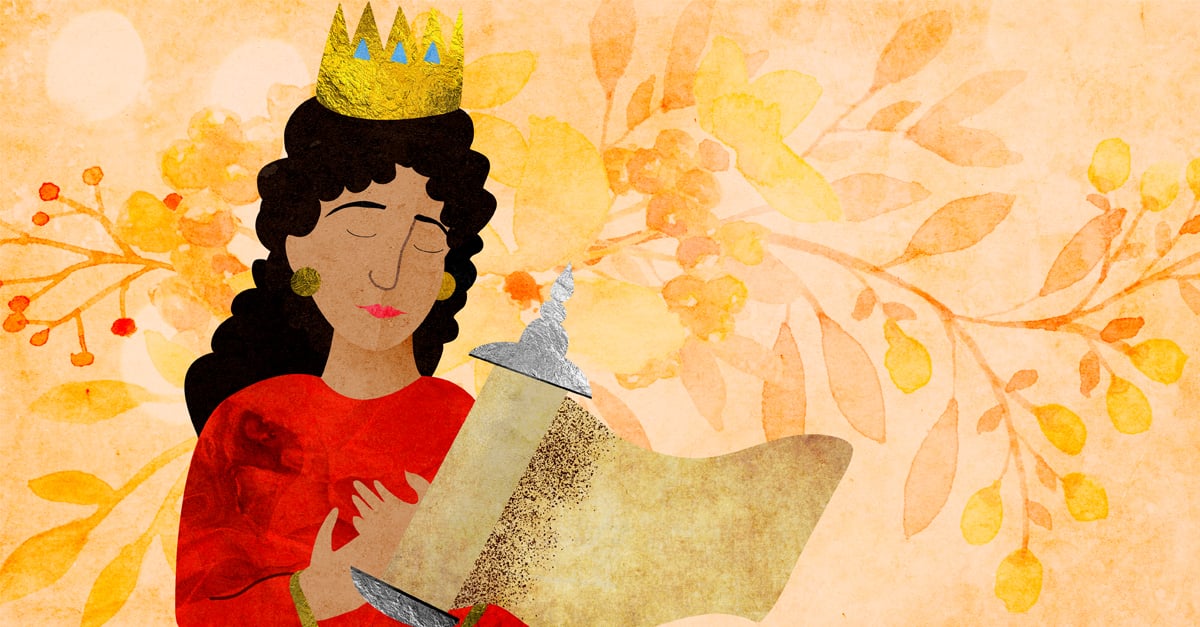The celebration of Purim seems to have been designed with young children in mind: cookies, costumes, parades, carnivals, goody bags, songs, and silliness. Yet, the story of Purim itself is decidedly child un-friendly. We read about gluttony, greed, misogyny, xenophobia, and attempted genocide. And don't forget the execution at the end. So what should we focus on when teaching this story to our children?
 I used to ask my fourth and fifth graders to identify the 'big idea' in a story, and I used to think the 'big idea' in Megillat Esther is that one person really can make a difference. But this year I see a new 'big idea.'
I used to ask my fourth and fifth graders to identify the 'big idea' in a story, and I used to think the 'big idea' in Megillat Esther is that one person really can make a difference. But this year I see a new 'big idea.'King Achashverosh was willing to follow the suggestion of his evil adviser Haman and kill all the Jews in Persia, until he learned that his beloved wife was Jewish. In that moment, the Jews in his kingdom became less amorphous; they became real people. At least one Jew in his kingdom had a face, a mind, a personality. If Esther, a Jew, was a real person, then all the other nameless, faceless Jews must be real people, too, none of whom deserved to die because ONE Jew had refused to bow down to Haman.
In today's world, where increasingly it seems as if different groups, for different reasons, are trying to identify an 'us' and a 'them,' and to pit 'us' against 'them,' I think it's important to remember who 'them' are. They are all Esthers.

No comments:
Post a Comment